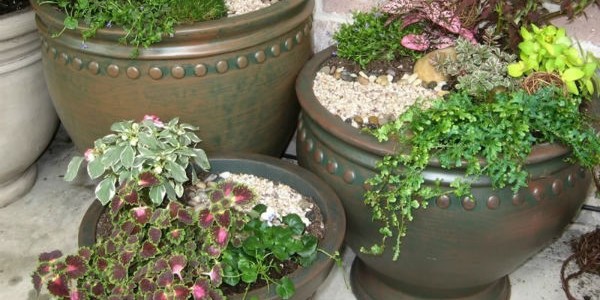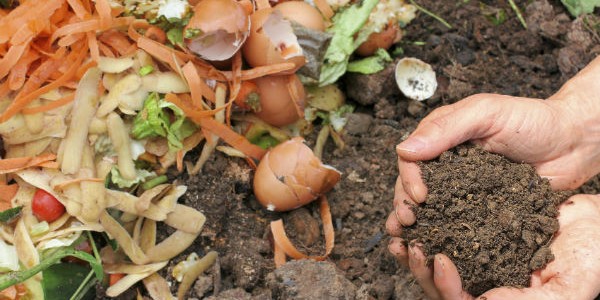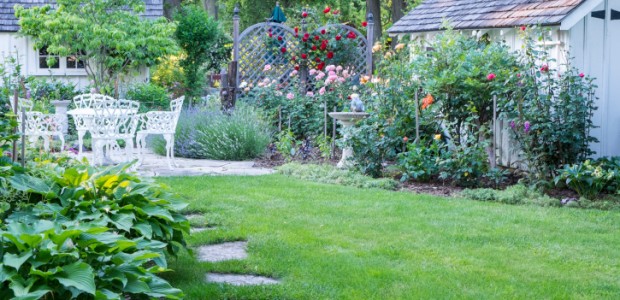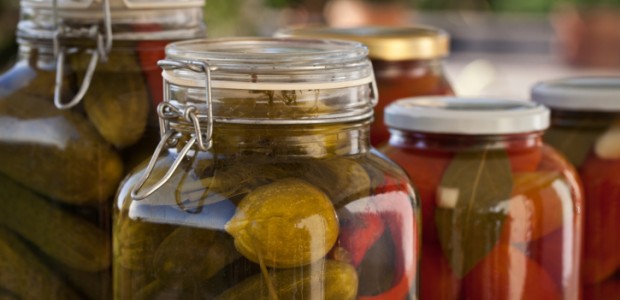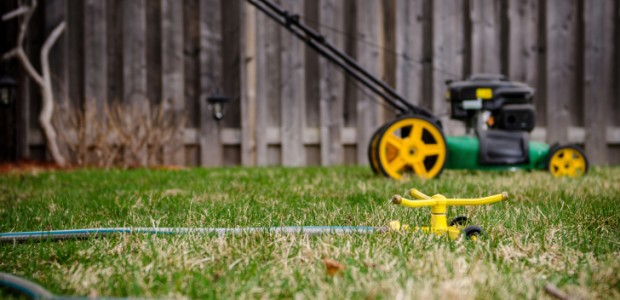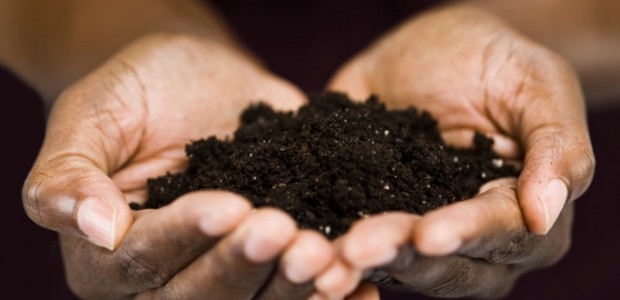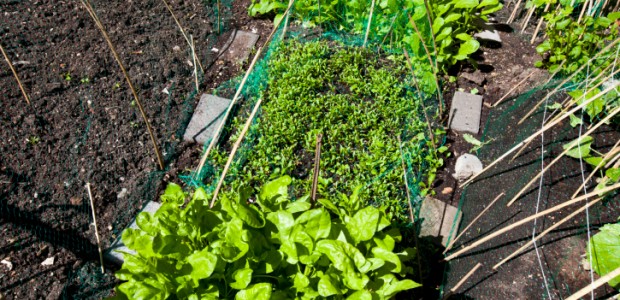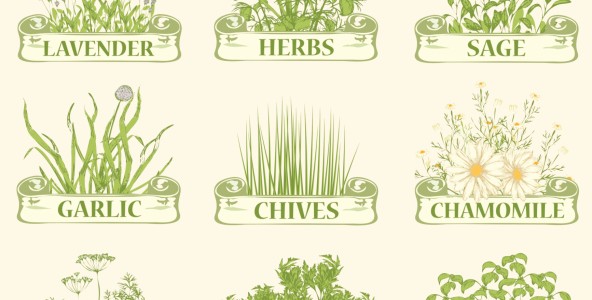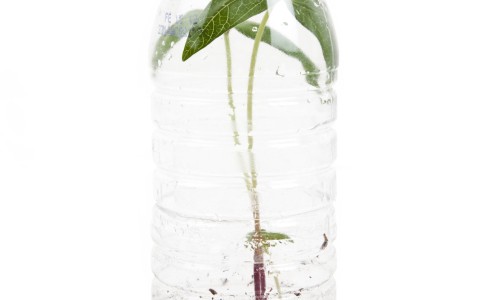If you’ve always loved plants but never had any because you don’t have enough space for a garden, think again, because you absolutely do. You don’t need a huge backyard to start growing your own plants. A little creativity goes a ling way.

Use your vertical space – Hang your planters. You can find some very pretty decorative planters to hang from the ceiling or make some yourself. And you don’t even have to settle for a hue macrame pot, depending on the plants you want, smaller, cuter containers can work just as well. And you can use recycled materials to make them too! And your vertical space doesn’t end with your ceiling. Your walls are a great place to hang pots and planters too. Let your creativity flow and organize your planters in a stylish way to make your tiny garden part of your living room decoration.
Recycle water bottles to make planters – Instead of wasting valuable space with planters that require big trays at the bottom, make your own recycled self-watering planters out of old water bottles. You need a 2-liter water bottle, cut it in half and puncture three little holes near the top of the bottle, just below the neck. Insert a couple of 4” strips of wicking fabric in the neck and turn that part upside down. Fill it almost all of the way up with soil-less potting mix and organic fertilizer, and make sure is damp. Now plant your seeds, add some water to the base of the bottle and insert the other half, neck down into the base.
Use your bathroom – We never think of bathrooms as a place to keep our plants, but there’s no reason not to do it. Some indoor plants like bamboo, spider plants and ferns are perfect for bathrooms, since they love humid places. You will enjoy some green on your morning routine and even a tiny bathroom will feel cozier with a plant.
Get some vines – Indoors or outdoor, vines are perfect plants for small spaces, since they grow up and only spread to the space they have available. They will dress up your walls, add some much needed green to your life and, if you decide to let it grow indoors, it will be the most eco-friendly decoration and a conversation starter.
Make a terrarium – You don’t even need a huge container to make a terrarium, it just has to be clear. Mason jars are perfect for this. They look super cute, they don’t take up a lot of space and they already have lids, so you can keep pests away from your precious plants. Mason jars are a big trend in interior decorating and because of their small size, you can place them on your desk, and any other well-lit spot, to bring some green to every room in your house.
